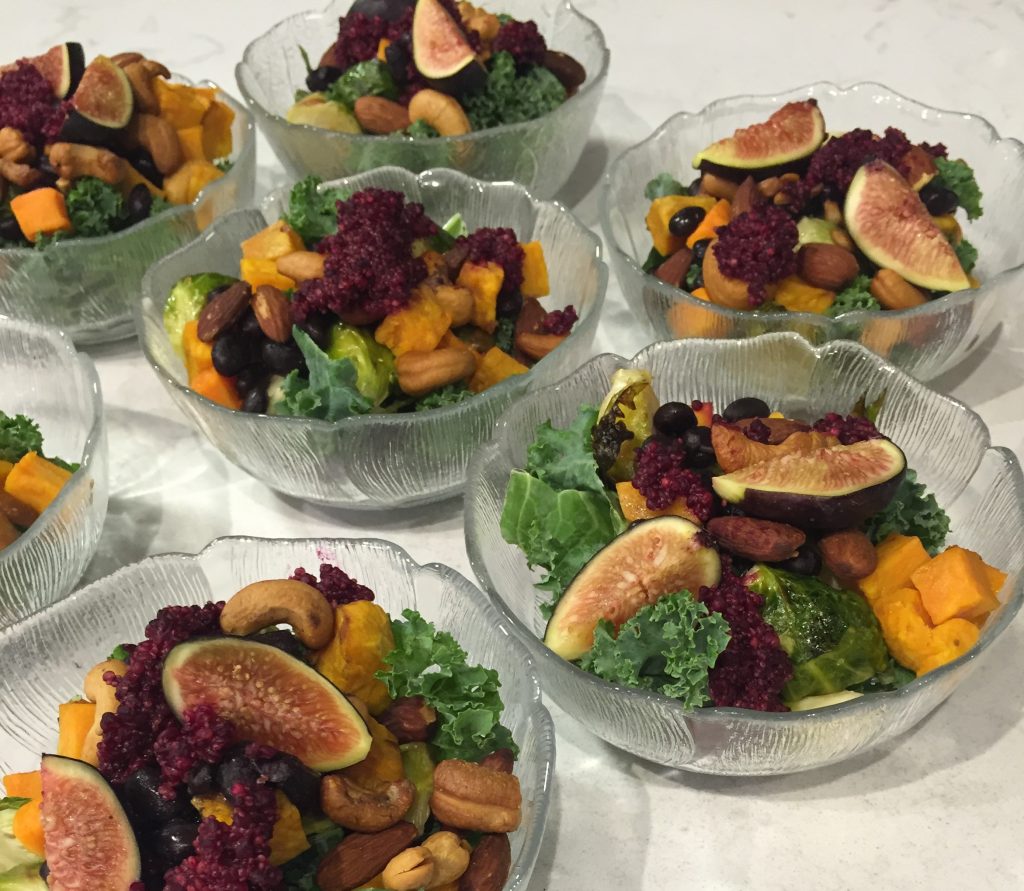
A recent article published in the journal BMC Medicine found that eating cruciferous veggies such as broccoli and cauliflower are better than root veggies when it comes to lowering your blood pressure. Here’s what you need to know about the study.
Background
Scientists from the Nutrition and Health Innovation Research Institute at Edith Cowan University in Australia recruited 18 adults aged 56 to 72 years who had mildly high blood pressure (systolic blood pressure of 120-150 mmHg).
The participants were divided into two groups. Group A received soups for their lunch and dinner meals made with a total of 300 grams (about 4 servings) of cruciferous vegetables such as broccoli, cabbage, cauliflower and kale. Group B also received soups for their lunch and dinner meals, but these were made with 300 grams of root vegetables like carrots, potatoes, sweet potatoes and pumpkin. Both groups ate these soups (without adding any extra salt) for two weeks in addition to their usual breakfast and snacks.
The participants then went back to their usual diets for two weeks and then the researchers switched the soups. So Group A now received the root vegetable soup for two weeks and Group B received the cruciferous vegetable soup for two weeks. The participants’ blood pressure was measured several times every day throughout the study.
What the study found
The study found that eating about four servings of cruciferous veggies every day significantly lowers systolic blood pressure by 2.5 mmHg. While this seems like a small impact, it actually translates to a 5% lower risk of heart disease!
The bottom line
One limitation of the study is that it involved a very small number of participants which were predominantly Caucasian females. However, it was the only study in humans to show improvements in blood pressure after eating cruciferous veggies for just a short period of time. This beneficial effect may be due to special compounds called glucosinolates which are only found in cruciferous vegetables.
Since high blood pressure is a leading risk factor for heart disease, it’s a good idea to include cruciferous veggies regularly in your meals. There are lots to choose from: arugula, bok choy, broccoli, Brussels sprouts, cabbage, cauliflower, collard greens, horseradish, kale, radish, turnips and watercress.
Here are a few recipes you can try:
Beet Salad with Goat Cheese and Arugula
Quinoa Salad with Beets, Oranges and Arugula

















